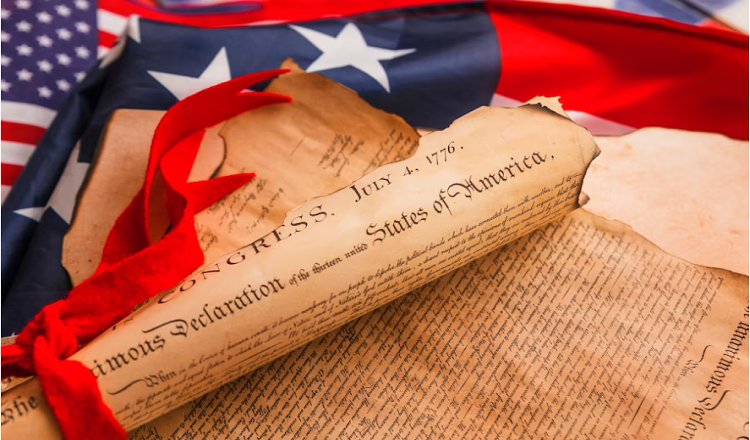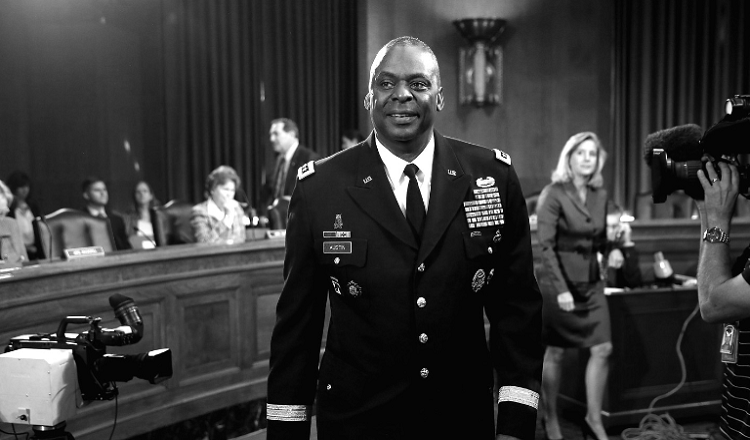From Revolution to Modern Day American Defense Achievements
The United States has been at the forefront of military innovation and strategic defense from the Revolutionary War to the present. America’s military prowess has played a significant role in molding the history and influence of the country across centuries of struggle. American defense accomplishments have been nothing short of astounding, from the audacious strategies of colonial warriors to the cutting-edge technology of modern battle.
The American people have a history of coming up with novel defense strategies, from the Boston Tea Party to the Space Race. The Continental Army’s deft use of guerrilla warfare during the Revolutionary War or World War II’s decisive use of airpower are just two examples of how the US has consistently pushed the limits of military technology and strategy.
These accomplishments have not only preserved the country’s freedom and independence but have also elevated the United States to a powerful position on the international stage. In this blog, we will examine some of the significant turning points in American defense history and consider how these accomplishments have influenced the nation’s military legacy and international stature. So let’s get started and examine the amazing development of American defense from the Revolution to the present.
Revolte Militaire
The American colonists during the Revolutionary War had a difficult challenge in taking on the well-trained and well-equipped British army. However, the colonists were able to establish their freedom by winning the battle and employing a variety of cunning military methods and tactics. Guerrilla warfare techniques, like as hit-and-run attacks and ambushes, were one of the colonists’ most crucial tactics because they allowed them to annoy and exhaust the British forces.
Famous people like George Washington, who led the Continental Army as its top commander, were instrumental in winning the war. The colonists were able to overcome several losses and win significant battles like the Battle of Trenton and the Battle of Saratoga under Washington’s direction. These victories not only raised the morale of the colonial troops but also damaged the confidence of the British army, which ultimately helped the colonists win.
As a result of the colonists being compelled to use innovative and unusual strategies in order to defeat the more potent British army, the Revolutionary War also laid the groundwork for American defense tactics and inventiveness. Asymmetrical warfare, intelligence gathering, the creation of new weaponry and technologies were some of these strategies. Overall, the Revolutionary War was a pivotal event in American history that helped to lay the foundation for subsequent military triumphs and shaped the nation’s military legacy for decades to come.
A. Civil War
The Civil War was a turning point in American history, not just because of its effects on racial harmony but also because of the advances in military technology. New weaponry were developed during the Civil War, including the rifled musket, repeating rifles, and ironclad warships. Telegraph lines allowed commanders to coordinate army movements and tactics in real-time, which was important for the war effort.
Major generals like Ulysses S. Grant and William T. Sherman provided strong leadership that ultimately led to the Union’s triumph in the Civil War. The Union finally prevailed at the Battle of Vicksburg because to Grant’s daring strategies and relentless pursuit of the Confederate Army, while Sherman’s march into Georgia and the Carolinas helped crush the Confederate will.
By highlighting the significance of technological innovation and strategic coordination, the Civil War paved the way for contemporary military tactics and fighting. A turning point in the development of military strategy was also highlighted by the deployment of trench warfare and the introduction of total war tactics. Overall, the American Civil War was a pivotal point in military history, influencing the nation’s strategy and laying the groundwork for subsequent wars.
Both World Wars
The involvement of America in World Wars I and II significantly influenced how both conflicts turned out. America’s entry into the war in 1917 helped shift the scales in the Allies’ favor, resulting in their eventual victory. After the attack on Pearl Harbor, America joined the war, which helped shift the balance of power away from the Axis countries.
The success of the Allied forces depended heavily on the significant engagements and tactics employed by the American military in both conflicts. The American Expeditionary Forces were instrumental in the final Allied offensives of World War I and helped the Allies win the critical Battle of Argonne Forest. The D-Day assault and the Pacific island-hopping tactic were crucial in helping the Allies win World War II.
Significant technology developments during the wars—such as radar and aircraft carriers—also gave the Allies a tactical advantage over their adversaries. Aircraft carriers allowed for the long-range airpower projection while radar allowed for the identification of approaching enemy aircraft. These technological developments changed the course of the conflicts and provided the foundation for future military innovation.
Polar War
From the end of World War II until the early 1990s, there were tensions on a worldwide political and military level between the United States and the Soviet Union. The Cuban Missile Crisis, which put the world on the verge of nuclear disaster, and the arms race between the two superpowers as they sought to bolster their military arsenals were notable occurrences during this time.
In the Cold War, the US military was instrumental in the development of nuclear weapons and the deterrence of Soviet aggression. In an effort to curb the rise of communism and stop the spread of Soviet influence, the US pursued a containment strategy. This required the formation of powerful military alliances like NATO as well as large military interventions like the Korean and Vietnam Wars. The Cold War had a long-lasting effect on world politics and international relations, influencing US foreign policy and military strategy for decades to come.
Modern accomplishments
The US military has won major battles in recent years, including the capture of Osama bin Laden and the effective use of drone strikes in numerous locations. These accomplishments show the potency of cutting-edge military tactics and technologies that have been created in response to changing threats.
The way the US military does business has been completely transformed by the deployment of new technology, such as cybersecurity and unmanned aerial vehicles (UAVs). Due to the growing likelihood of cyberattacks, cybersecurity has become a crucial area of concern. UAVs have shown to be a useful tool, conducting pinpoint strikes and gathering intelligence in places where conventional military operations would be too dangerous or impractical.
The US military still has a significant impact on international defense and security today, with a focus on preserving partnerships and alliances to fend off new threats. In order to protect the safety and security of the American people and its allies across the world, the military is currently in a state of perpetual adaptation and innovation.
Conclusion
From the Revolutionary War to the present, the US military has a rich history of accomplishments. In addition to influencing the military history of the nation, the effective tactics and methods employed by American forces also had a big impact on world affairs. The US military’s effectiveness has depended heavily on technology breakthroughs and flexibility in responding to changing conditions.
While the Civil War opened the path for modern military tactics and fighting, the Revolutionary War laid the groundwork for American defense innovations and strategies. America’s involvement in and contributions to both World conflicts I and II significantly influenced how those conflicts turned out. In order to stop the spread of communism and forge alliances, the US military was crucial to international politics and security during the Cold War.
The US military is still innovating and responding to new challenges today, employing cutting-edge tools like UAVs and cybersecurity to keep up its position as the world’s preeminent power. Insuring the safety and security of the nation and its allies in the future will depend heavily on American defense and military innovation. The US military has accomplished a lot, and it will surely continue to have a big impact on how the world develops in the years to come.
Read More You May Like:














Post Comment